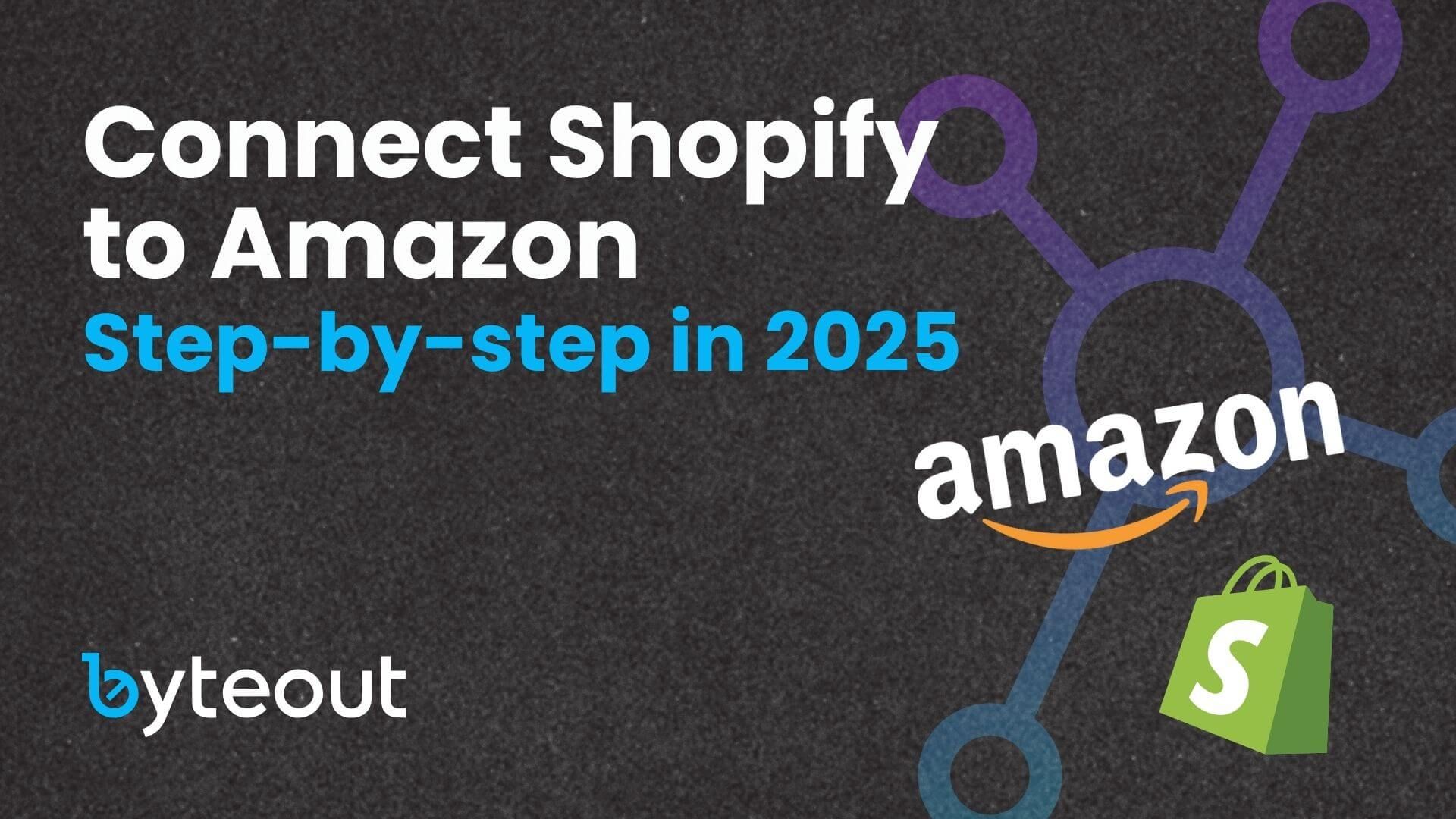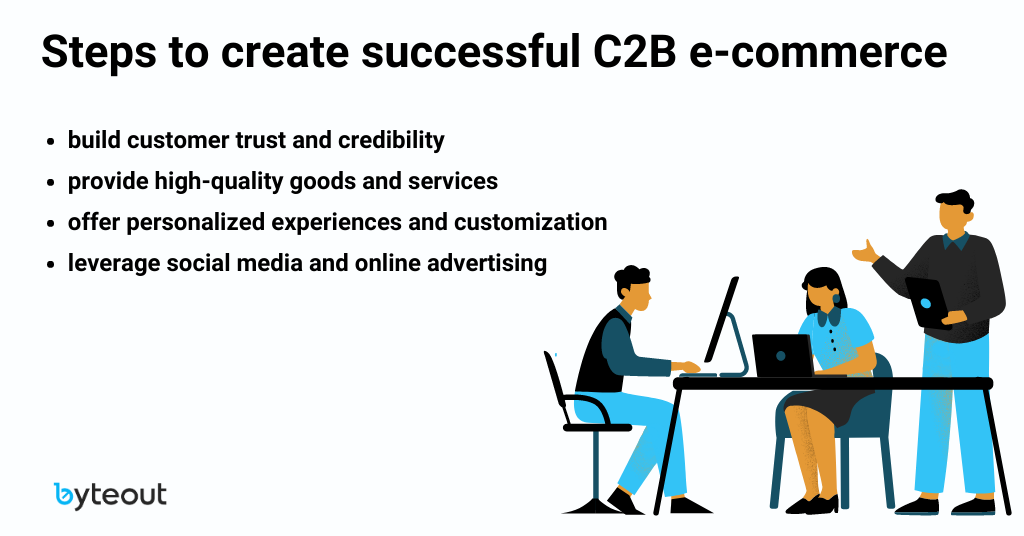
Building a successful clothing ecommerce brand
Creating a thriving clothing ecommerce brand involves strategic planning, effective marketing, and exceptional customer service. Let’s walk you through some steps to build a successful clothing ecommerce business, ensuring you capture and retain customers in a competitive market.
Table of Contents
Do market research and identify your niche
Start by learning about the current market trends, consumer demands, and competition. It’s important to know what’s hot in the clothing ecommerce space and what your potential customers are looking for.
Tools like Google Trends can show you which styles and products are trending. Industry reports can provide valuable data on market growth and consumer behavior. Social media platforms are gold mines for insights into what people are buzzing about.
Once you have a clear market picture, it’s time to identify your niche. This means focusing on a specific clothing market segment that aligns with your interests and expertise. Maybe you’re passionate about sustainable fashion, offering eco-friendly and ethically produced clothing. Or perhaps athleisure is more your style, blending comfort with functionality. Whatever it is, choosing a niche helps you target a specific audience more effectively. You can differentiate your brand from broader, less focused competitors and create a loyal customer base.
Develop a strong brand identity
The next step is to develop a memorable brand name, logo, and tagline that reflects your brand’s mission, vision, and values. Your brand identity should resonate with your target audience and differentiate you from competitors.
Think about what makes your brand unique and how you can convey that through your branding elements. Your name should be easy to remember and spell, your logo should be visually appealing and versatile, and your tagline should encapsulate the essence of your brand in a few words.
A brand story connects with customers on a personal level and builds loyalty. Explain what motivated you to start your clothing line, the values that drive your brand, and the journey you’ve taken to bring your vision to life. Highlighting what makes your brand unique and why customers should choose your products over others in the market helps build an emotional connection. Your story should be authentic, relatable, and engaging, giving customers a reason to invest in your brand beyond just the products you sell.
Incorporate your brand story into your marketing materials, website, and social media channels to create a cohesive and compelling brand presence. This will help you attract customers and retain them as loyal brand advocates.
Source quality products
Look for manufacturers that offer high-quality materials and reliable production standards. This step is especially important in clothing ecommerce, where fabric quality, stitching, and overall durability are critical to customer satisfaction.
Consider working with suppliers who follow sustainable and ethical production practices. This will appeal to environmentally conscious consumers and improve your brand’s reputation.
Consistency in product quality builds trust and encourages repeat business. Implement strict quality control measures to ensure all products meet high standards before they reach your customers. This includes regular inspections, quality tests, and open communication with manufacturers to address any issues promptly. You build a loyal customer base that trusts your brand for reliable, high-standard products by delivering consistent quality.
Investing time in sourcing and quality control ensures that every clothing you sell reflects your brand’s commitment to excellence. This effort pays off by establishing your brand as a trusted name in the clothing ecommerce market, driving customer loyalty and repeat purchases.
Build a user-friendly website
Platforms like Shopify, WooCommerce, or BigCommerce are reasonable webshop solutions that offer scalability. They all provide the tools to build and manage your online store effectively.
Your website is the face of your brand, so it needs to be visually appealing and easy to navigate. Focus on creating a clean, modern design that reflects your brand’s identity. An intuitive layout helps visitors find what they’re looking for without hassle, improving their overall shopping experience.
With the increasing number of mobile shoppers, optimizing your website for mobile devices is no longer optional. Ensure your site is responsive, adjusting seamlessly to different screen sizes. A mobile-friendly design improves user experience, reduces bounce rates, and can significantly impact conversion rates.
How can we help?
Our ecommerce nerdy team specializes in ecommerce website development, ensuring your online store is visually stunning and highly functional. We can help you choose the best platform, design a user-friendly site, and fully optimize it for mobile to improve your customers’ shopping experience. Let us handle the technical details so you can focus on what you do best – building your brand.

Implement effective marketing strategies
You need a well-thought-out marketing strategy to stand out in the crowded clothing ecommerce market. Start by defining your target audience and understanding their behavior, preferences, and shopping habits.
Launching a blog is a fantastic way to share fashion tips, trends, and your brand’s story. You can position your brand as an authority in the clothing ecommerce space. Use SEO techniques to drive organic traffic to your site. Focus on keywords relevant to your niche and create engaging content that appeals to your target audience. A well-maintained blog can improve your search engine rankings and attract more visitors to your store.
Social media platforms like Instagram, Facebook, and Pinterest are essential for building brand awareness and engaging with your audience. Post regularly and create visually appealing content that showcases your products. Influencers can introduce your brand to their followers, providing social proof and increasing your brand’s credibility.
Building an email list is good for nurturing relationships with your customers. Send regular newsletters that include promotions, new arrivals, and fashion advice. Email marketing is a powerful tool for driving sales and informing your audience about your brand.
Analyze and optimize
Tracking key performance metrics is essential to build a successful clothing ecommerce brand. Use tools like Google Analytics to monitor traffic, conversion rates, and customer retention. These metrics provide valuable insights into how visitors interact with your website, where they drop off, and what drives them to complete a purchase.
- Monitor the number of visitors to your site, their demographics, and their sources. This information will help you understand how effectively your marketing efforts are driving traffic.
- Track the percentage of visitors who make a purchase. This metric is crucial for evaluating the effectiveness of your sales funnel and identifying any barriers to conversion.
- Monitor repeat purchases and customer loyalty. High retention rates indicate satisfaction and trust in your brand, which are essential for long-term success.
Analyze the data you collect regularly to identify trends and patterns. Look for areas where your site performs well and where there might be opportunities for improvement. For example, if you notice a high bounce rate on certain pages, you may need to enhance the content or user experience on those pages.
Adopting a mindset of continuous improvement is key to staying ahead. Regularly test new ideas, measure their impact, and iterate based on what you learn. Whether it’s A/B testing different website layouts, experimenting with new marketing channels, or optimizing your supply chain, continuous improvement helps refine your operations and better serve your customers.
Conclusion
Building a successful clothing ecommerce brand requires strategic planning, effective marketing, and exceptional customer service. By focusing on these key areas and continuously optimizing your approach, you can establish a strong presence in the competitive clothing ecommerce market.
Don’t get scared away: it’s not an easy game. However, e-commerce has grown a lot and will continue to grow. So making a thriving ecommerce brand is tricky but also very fun.
We’re here to make this process easier. Reach out to us and see how we can help!

Your Amazon store needs a partner
We build and grow your Shopify DTC business together with Amazon.
Find out how to own your audience and not depend only on Amazon high fees.
Author: Dusan Popovic
Our ecommerce nerds recommend reading

Best Amazon FBA course: Top picks for 2025

Connect Shopify to Amazon: Step-by-step in 2025

C2B e-commerce


